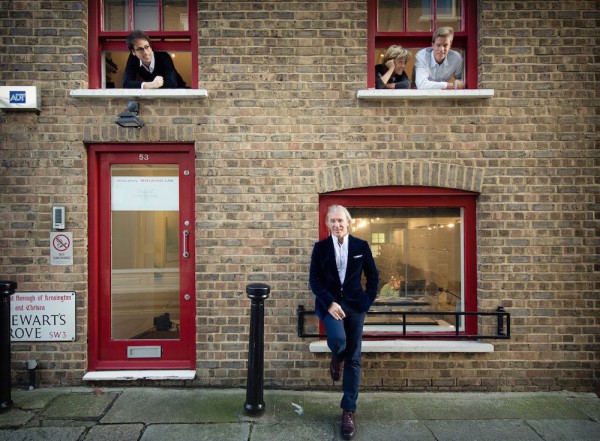Going from strength to strength
Glass is becoming an increasingly popular structural material thanks to compounding techniques, which guarantee its strength.…
UK, London. The desire for natural light and oneness with the ocean have been key drivers for the emergence of glass as a structural material. A taste for glass superstructures has swept through the motoryacht world, with todays owners showing a preference for floor to ceiling windows wherever possible. Now, it would seem, that sailing yachts are also beginning to stretch the possibilities of glass structures.
“I spend a lot of time with glass suppliers, helping them to understand the specific requirements of using glass on board any yacht, let alone a performance sailing superyacht like Vertigo or Mari Cha IV (now Samurai),” comments Philippe Briand.
Briand accredits glass’s growing popularity to its flexibility, in terms of its material properties and aesthetic appeal, and he predicts that in the coming years glass will become the material of choice for sailing yacht coach roofs.
In order for this prediction to become a reality, sailors must be able walk on top of such a structure without hindrance, this can be achieved with the use of compound security glass, one or more layers of chemically toughened glass piled together. Compound security glass is approved by Lloyd’s Register and ABS, and is approved by all major classification societies.
The development of glasses durability has been central to its rise to structural reliability. However, now designers are beginning to merge glass and technology in order to push the boundaries of its 21st century relevance.
The team at Philippe Briand has been exploring the combination of compound security glass and multifunctional sensor technology, which will allow any damage or faults in the glass to be detected prior to it becoming a serious problem. The glass surfaces are continuously monitored and any defect is fed back into the vessels management and alarm systems.
Another technology sweeping through the superyacht interiors industry has allowed glass pains to change from transparent to opaque at the flick of switch. Polymer Dispersed Liquid Crystal (PDLC) glass, more commonly referred to as ‘switchable glass’, uses a PDLC film sandwiched between two conductive interlayers of glass. When a current is run through the film the liquid crystal molecules line-up, or scatter, changing the glass from opaque to transparent and vice versa.
Openness, oneness and natural light are all well and good, but privacy remains a popular demand – so why not have both?
Profile links
Click here to become part of The Superyacht Group community, and join us in our mission to make this industry accessible to all, and prosperous for the long-term. We are offering access to the superyacht industry’s most comprehensive and longstanding archive of business-critical information, as well as a comprehensive, real-time superyacht fleet database, for just £10 per month, because we are One Industry with One Mission. Sign up here.





